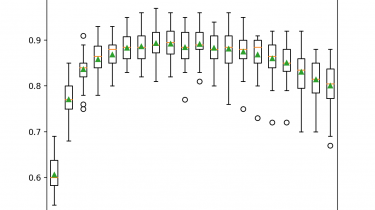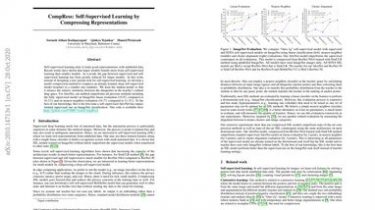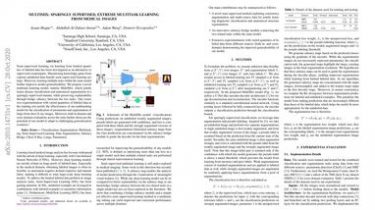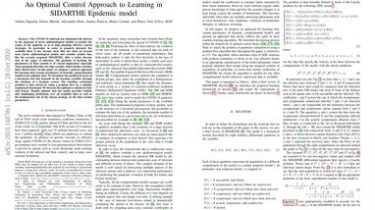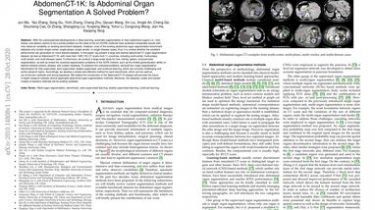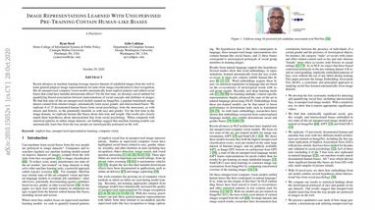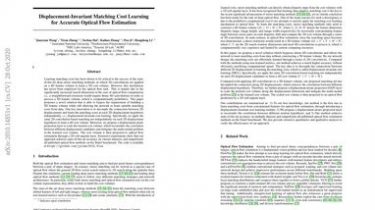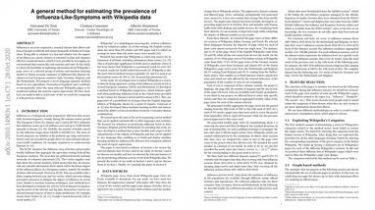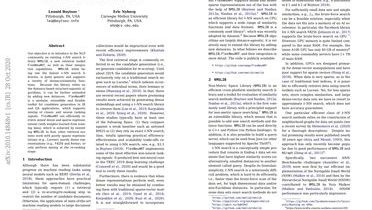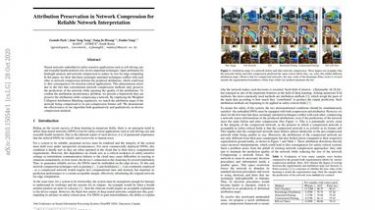How to Develop a Random Subspace Ensemble With Python
Random Subspace Ensemble is a machine learning algorithm that combines the predictions from multiple decision trees trained on different subsets of columns in the training dataset. Randomly varying the columns used to train each contributing member of the ensemble has the effect of introducing diversity into the ensemble and, in turn, can lift performance over using a single decision tree. It is related to other ensembles of decision trees such as bootstrap aggregation (bagging) that creates trees using different samples […]
Read more